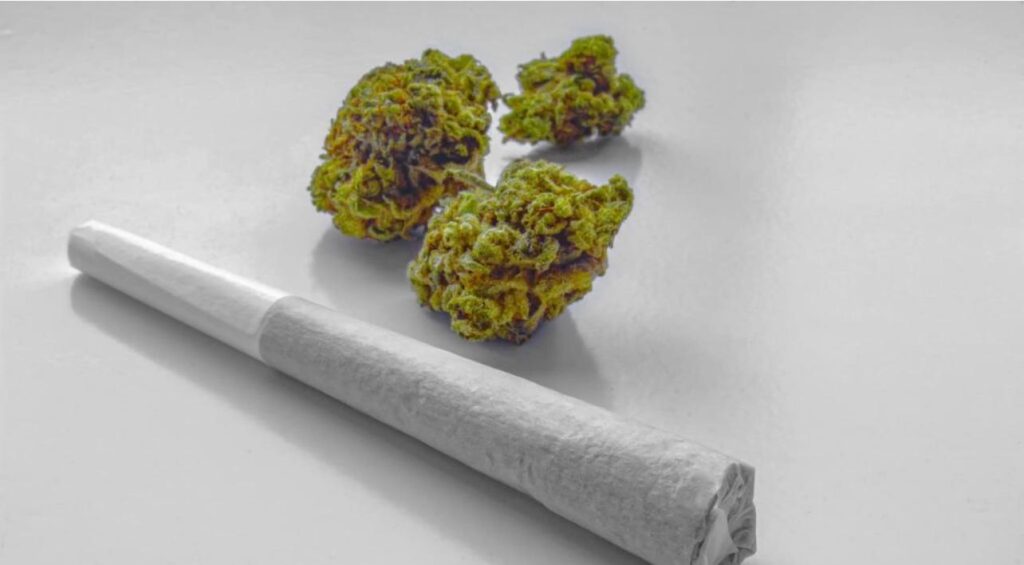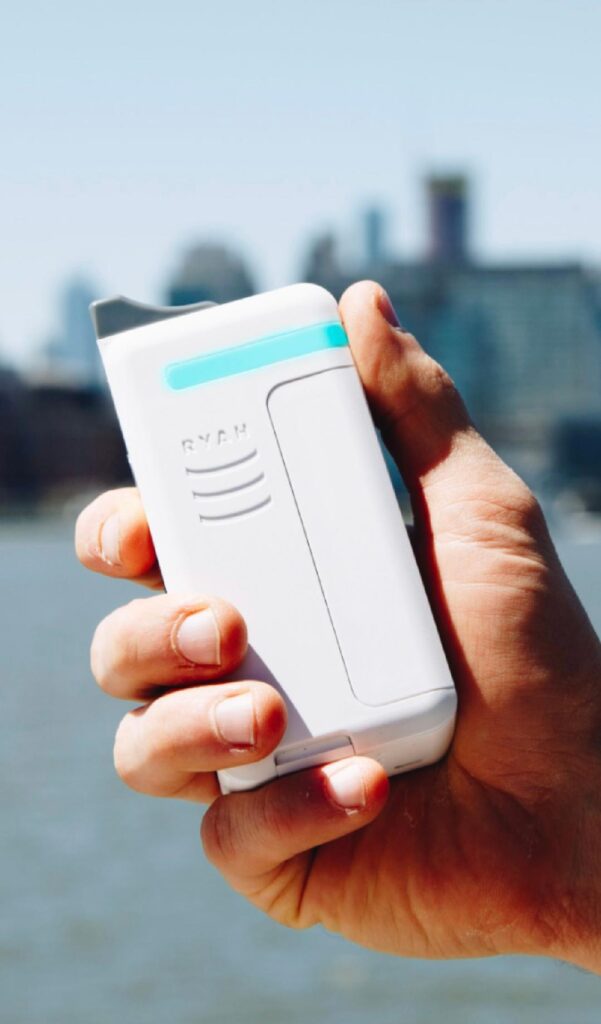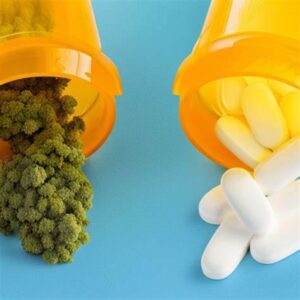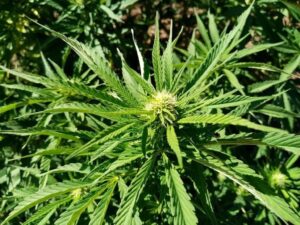The landscape of prescription cannabis consumption has evolved, offering users diverse methods to embrace the plant’s benefits based on individual preference and desired effects. Two prevalent methods today are vaping and smoking. It’s crucial for patients to discern the disparities between using a vape pen and smoking a joint or glass pipe. Keep reading to explore the unique characteristics, potential impacts, and safety considerations.
Smoking
Cannabis smoking, a traditional consumption method, involves inhaling the smoke from combusting dried cannabis flower. This method swiftly delivers the effects of cannabinoids like THC and CBD. The process is simple: the cannabis flower is ground, rolled into a joint, or packed into a pipe, then ignited. The combustion releases flavourful compounds and terpenes, contributing to distinct profiles of cannabis strains. Inhaling the smoke allows cannabinoids to quickly enter the bloodstream. While appreciated for its ritualistic and social aspects, smoking may waste some terpenes and cannabinoids. Despite this, 77% of cannabis patients favoured this method in 2019.

Vaping
Cannabis vaping has become a modern, popular method, offering a controlled and nuanced experience. Unlike smoking, vaping doesn’t involve combustion; specialized devices heat cannabis concentrates or flower to release cannabinoids and terpenes as vapor. This cleaner process reduces exposure to harmful by-products. Vaping allows precise flavour and effect , often with adjustable temperature settings. The discreet, portable nature of vape pens makes them socially considerate. Early studies suggest higher cannabinoid potency in vaping produces stronger effects for infrequent users.

Safety
Regardless of smoking or vaping, understanding health impacts is crucial. Smoking involves inhaling combusted plant material, potentially introducing harmful byproducts to the respiratory system. Long-term effects are still under research, emphasising caution for individuals with respiratory conditions. Cannabis smoke contains some carcinogens and chemicals as tobacco smoke. Water pipes or bongs may mitigate issues present in joint papers.
Vaping, when done responsibly with quality products and a proper device, is generally considered safer by eliminating combustion-related byproducts. Caution is necessary with additives and diluents in some vapes. Avoid illicit products due to potential dangers. Lower vape temperatures and vapor characteristics often result in a less irritating experience, assuming quality non-additive products. Moderation, mindfulness, and adherence to safety guidelines contribute to a positive cannabis experience.
Don’t Ignore Expiration Dates
Mindfully observing expiration dates is vital for safe cannabis consumption. Cannabis and vape products have expiration dates, ensuring potency and flavor while avoiding potential health risks. Check and adhere to these dates, especially for vape cartridges, to prevent inhaling degraded or harmful substances.
As cannabis ages, its chemical composition changes. Improper storage conditions can degrade cannabinoids and terpenes, impacting efficacy. Mold or mildew growth becomes a concern, posing health risks. Store cannabis in a cool, dark, airtight environment, regularly checking for signs of aging or contamination. Respecting expiration dates and choosing regulated products ensures safer cannabis experience, minimising risks associated with expired or compromised products.
Education and awareness foster responsible and health-conscious cannabis consumption, and consulting with a medical professional is recommended.







